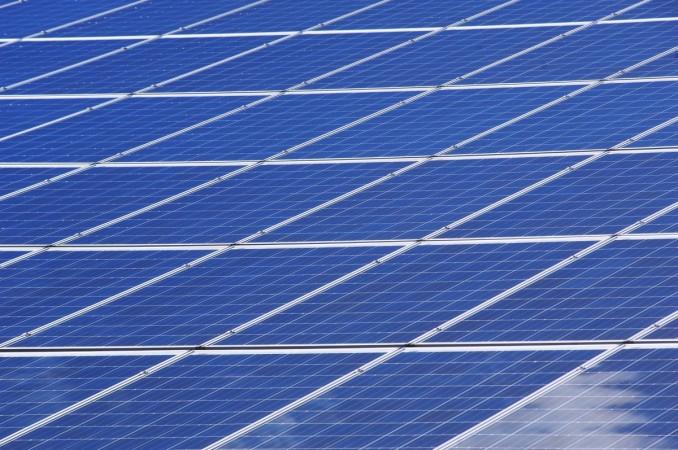
The Union Cabinet on Wednesday approved a Rs 637 crore central assistance for solar power plants, solar street lights and solar study lamps in the northeastern states and Left Wing Extremism (Maoist) affected districts.
The Cabinet Committee on Economic Affairs (CCEA) approved the third phase of Off-grid and Decentralised Solar PV (Photo Voltaic) Applications Programme to achieve additional 118 MWp (megawatt peak) off-grid solar PV capacity by 2020, an official statement said, citing Union Minister Ravi Shankar Prasad.
As per Prasad, 3,00,000 solar street lights will be installed throughout the country with special emphasis on areas where there is no facility for street lighting systems through grid power, northeastern states and Maoist-affected districts.
For solar street lights and solar power plants, financial support up to 30 percent of the benchmark cost of the system will be provided except for NE states, hill states and island UTs where up to 90 percent of the benchmark cost will be provided, as per the statement.
Apart from installing the lights, the Centre also plans a second phase where it would build stand-alone solar power plants of individual size up to 25 kWp (kilowatt peak) in areas where grid supply was unreliable or unavailable.
"This component is mainly aimed at providing electricity to schools, hostels, panchayats, police stations and other public service institutions. The aggregated capacity of solar power plants would be 100 MWp," Prasad said.
The plan also entails distribution of 25 lakh solar study lamps to all the students in the North-East and Maoist areas. The students would only have to bare 15 percent of the cost of the lamp, the rest will be borne by the government under the financial support system.
The entire project is likely o generate 8.67 lakh man-days of employment for skilled and unskilled workers, is Rs 1,895 crore of which Rs 637 crore will be provided as central financial assistance. Apart from benefitting 40 lakh rural households, the project is likely to better living standards in rural areas where electricity supply is currently shaky.
With off the grid solar power, rural areas can expect better facilities for schools and hospitals which are often at the mercy of irregular power supply.
Source: IANS









!['Had denied Housefull franchise as they wanted me to wear a bikini': Tia Bajpai on turning down bold scripts [Exclusive]](https://data1.ibtimes.co.in/en/full/806605/had-denied-housefull-franchise-they-wanted-me-wear-bikini-tia-bajpai-turning-down-bold.png?w=220&h=138)



